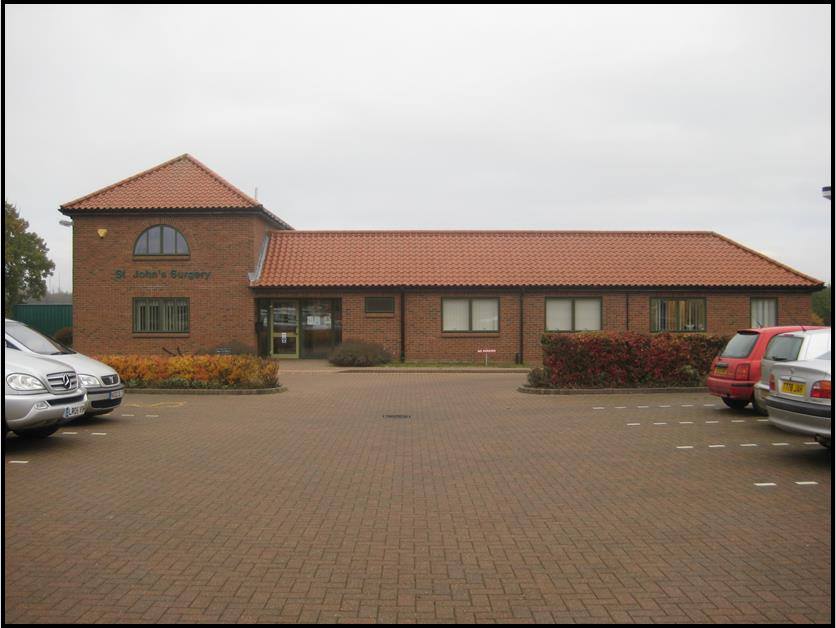Boston West Hospital Specialists
-
Mr Jark Bosma
Mr Jark Bosma is a Consultant Spinal Surgeon in Peterborough, Cambridgeshire
Read more -
Mr Rupert Clifton
Mr Rupert Clifton is an Consultant Orthopaedic Surgeon in Peterborough who specialises in knee surgery
Read more -
Mr Harish Kurup
Mr Harish Kurup is a Consultant Orthopaedic Surgeon in Peterborough who specialises in foot and ankle surgery
Read more -
-
-
Mr Rohit Rambani
Mr Rohit Rambani is a Consultant Orthopaedic Surgeon in Lincolnshire and Cambridgeshire, working at Fitzwilliam Hospital and Boston West Hospital, who specialises in hips and knees; soft tissue, arthroscopy and revisions.
Read more -
Mr Vasanthakumar Ramsingh
Mr Vasanthakumar Ramsingh is a Consultant Orthopaedic Surgeon who specialises in Shoulder, Elbow, Hand and Wrist Surgery in Lincolnshire, working at Boston West Hospital.
Read more -


